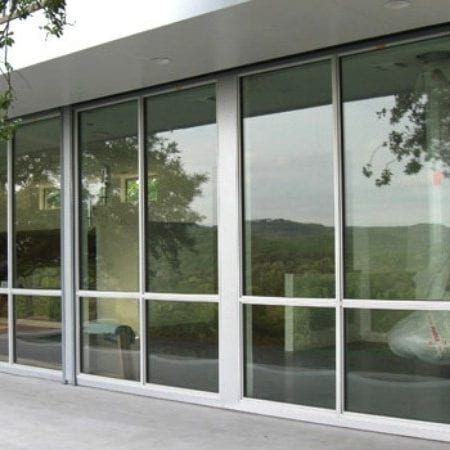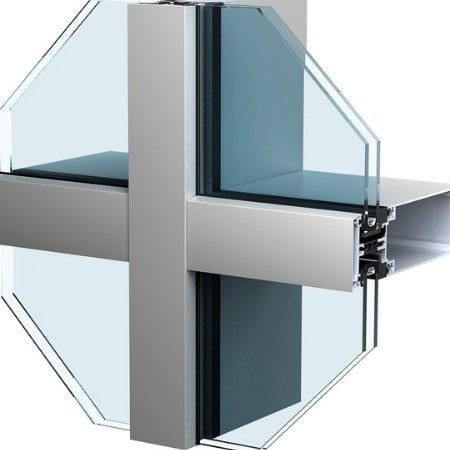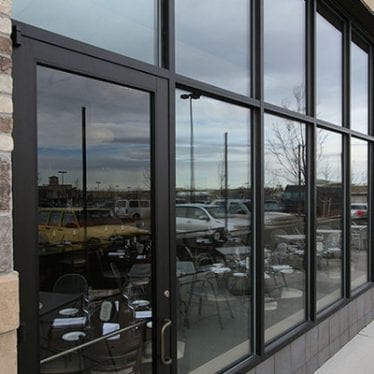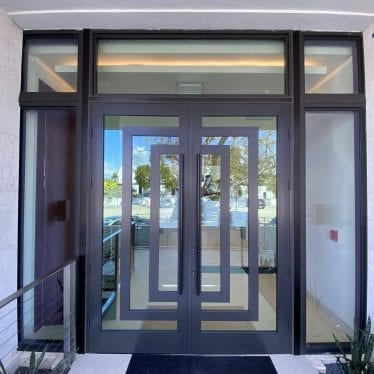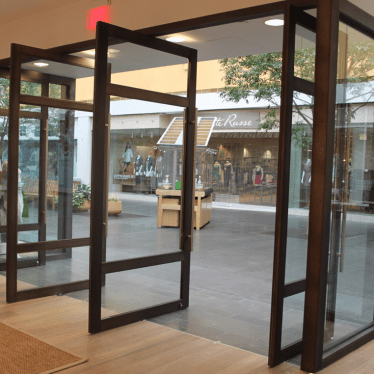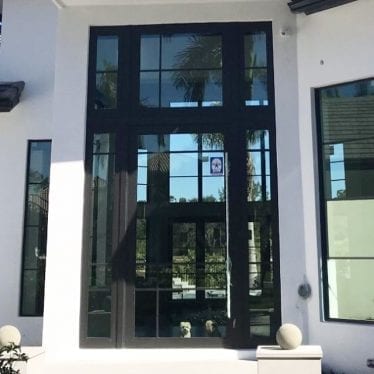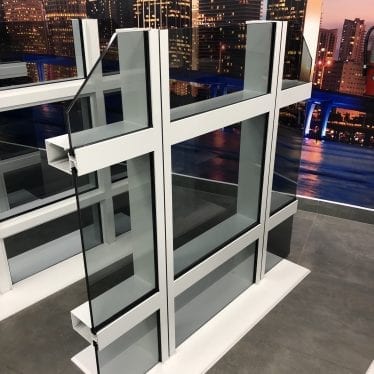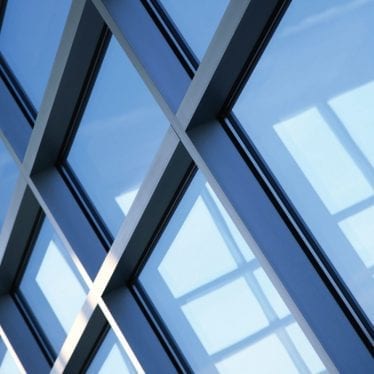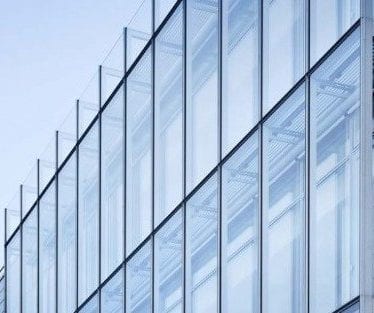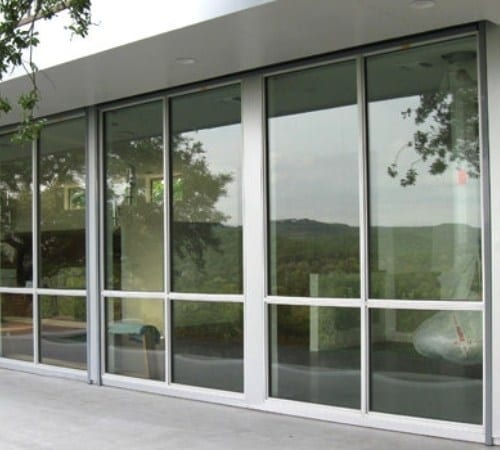
Storefront
Storefront is non-load bearing system that involves windows and an entrance system that extents between the floor and the top part of structure. It is a fine blend of steel reinforced PVC frames and glass that can easily bear strong, repetitive use and remain to be weather resistant. Unlike curtain wall system, storefront cannot bear the structural load and spans for only 2-3 stores of the structure. Nonetheless it combines aesthetics and energy efficiency as well as large glass panes that allow to showcase products very well.

Curtain Wall Systems
A curtain wall system is an outer covering of a building in which the outer walls are non-structural, utilized only to keep the weather out and the occupants in. Since the curtain wall is non-structural, it can be made of lightweight materials, thereby reducing construction costs. When glass is used as the curtain wall, an advantage is that natural light can penetrate deeper within the building. The curtain wall façade does not carry any structural load from the building other than its own dead load weight. The wall transfers lateral wind loads that are incident upon it to the main building structure through connections at floors or columns of the building. A curtain wall is designed to resist air and water infiltration, absorb sway induced by wind and seismic forces acting on the building, withstand wind loads, and support its own dead load weight forces.
Curtain wall systems are typically designed with extruded aluminum framing members, although the first curtain walls were made with steel frames. The aluminum frame is typically infilled with glass, which provides an architecturally pleasing building, as well as benefits such as daylight. However, the effects of light on visual comfort as well as solar heat gain in a building are more difficult to control when using large amounts of glass infill.
Curtain walls differ from storefront systems in that they are designed to span multiple floors, taking into consideration design requirements such as: thermal expansion and contraction; building sway and movement; water diversion; and thermal efficiency for cost-effective heating, cooling, and lighting in the building.

